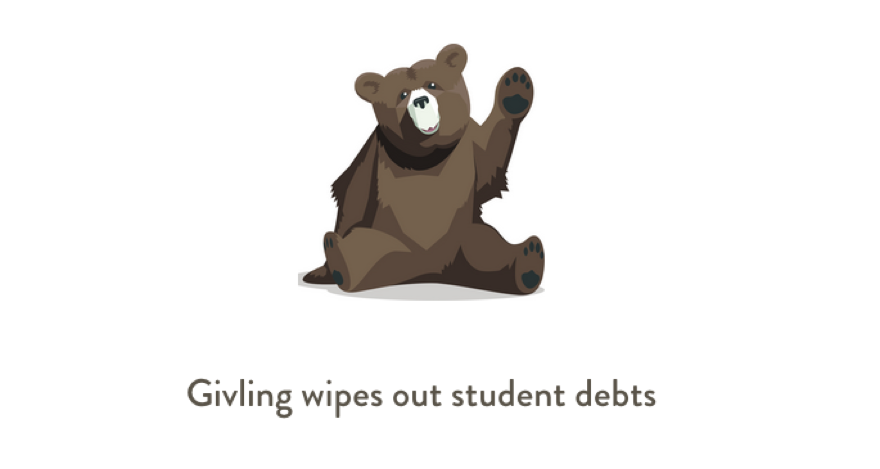On February 23, 2015, fifteen Corinthian college students declared that they were going on a debt strike. They claimed that the for-profit college chain—described by the Consumer Financial Protection Bureau as a “predatory lending scheme” in a September 2014 lawsuit—“falsely inflated its job placement statistics.” This practice allegedly conned students into taking out loans they are now incapable of repaying. The strikers are therefore refusing to pay their federal student loans in the hope that the Department of Education will be pressured into alleviating their burden.
The Corinthian strikers are only the tip of America’s student debt iceberg, a giant mountain of obligations that, like the demographic it ensnares, is largely underwater. In February, Quartz reported that America’s $1.2trillion student loan debt was greater than the combined GDPs of Australia, New Zealand, and Ireland. Most of the loans, it must be said, are less predatory than those issued to Corinthian students. But that, in its own way, is a more damning indictment of the student debt situation: $1.2 trillion of student debt, which some analysts believe threatens the housing market, and most of it has yet to be deemed predatory.
Givling is a forthcoming game. The only sentence on its website reads: “Givling wipes out student debts.” This sounds good, but is it too good to be true?
Thankfully, Wired’s Rob Boffard offers an explanation of Givling’s mechanics. Givling, he reports, is a trivia quiz game in which players pay $0.50 per round that they play. “Three wrong answers means you’re out, but if you’re good enough to keep going, you can potentially win some cash,” Boffard explains. “Players are grouped randomly into teams of three, and at noon every day, there’s a cash payout for the highest-scoring team.” As for the game’s debt relief aspect, students are encouraged to sign up for Givling’s funding queue. “Once the funds raised hit the $10 million mark,” Boffard writes, “those at the top of queue receive $5 million to help pay off their loans.” The remaining $5 million will go to cash awards.
None of these facts really resolve the question of whether Givling is too good to be true. On the one hand, the game is 20 million rounds away from reaching the funding goal and providing any debt relief. That’s a lot of quizzes. However, if that magic number is reached, Givling could help some students, even if they only represent an infinitesimal drop in the giant pool of student debt.

Givling therefore makes the most sense in the context of clever startup marketing ploys. For instance, e-commerce startup Jet.com recently offered 10,000 shares to the person who could sign up the most insiders. According to Fusion’s Kevin Roose, those shares had an estimated value of $10 to $20 million. This, Roose explains, created an incentive structure wherein participants in the contest were encouraged to spend money in order to move up the leaderboard. The contest’s winner, Eric Martin, spent $18,000 on Swagbucks and Gifthulk campaigns, which allowed him to generate 8,167 referrals. Roose concludes: “On paper, Eric Martin is now a millionaire, with a big stake in one of the most hotly anticipated start-ups in years. He likely won’t be able to exercise his options for years. And if Jet crashes and burns, they’ll be worthless, and his $18,000 will have been wasted.”
Eric Martin’s story offers a good preview of what Givling’s future holds. The first people in the funding queue will have a strong incentive to push the company’s funds raised figure to $10 million. Like Martin, they will not be guaranteed a payout for their efforts, but they have a chance to get ahead. Given the depths of the student debt crisis and the lack of alternate solutions, who could blame some from trying this route. In all likelihood, the push to get Givlings to 20 million rounds will be a more interesting game than its quizzes.
